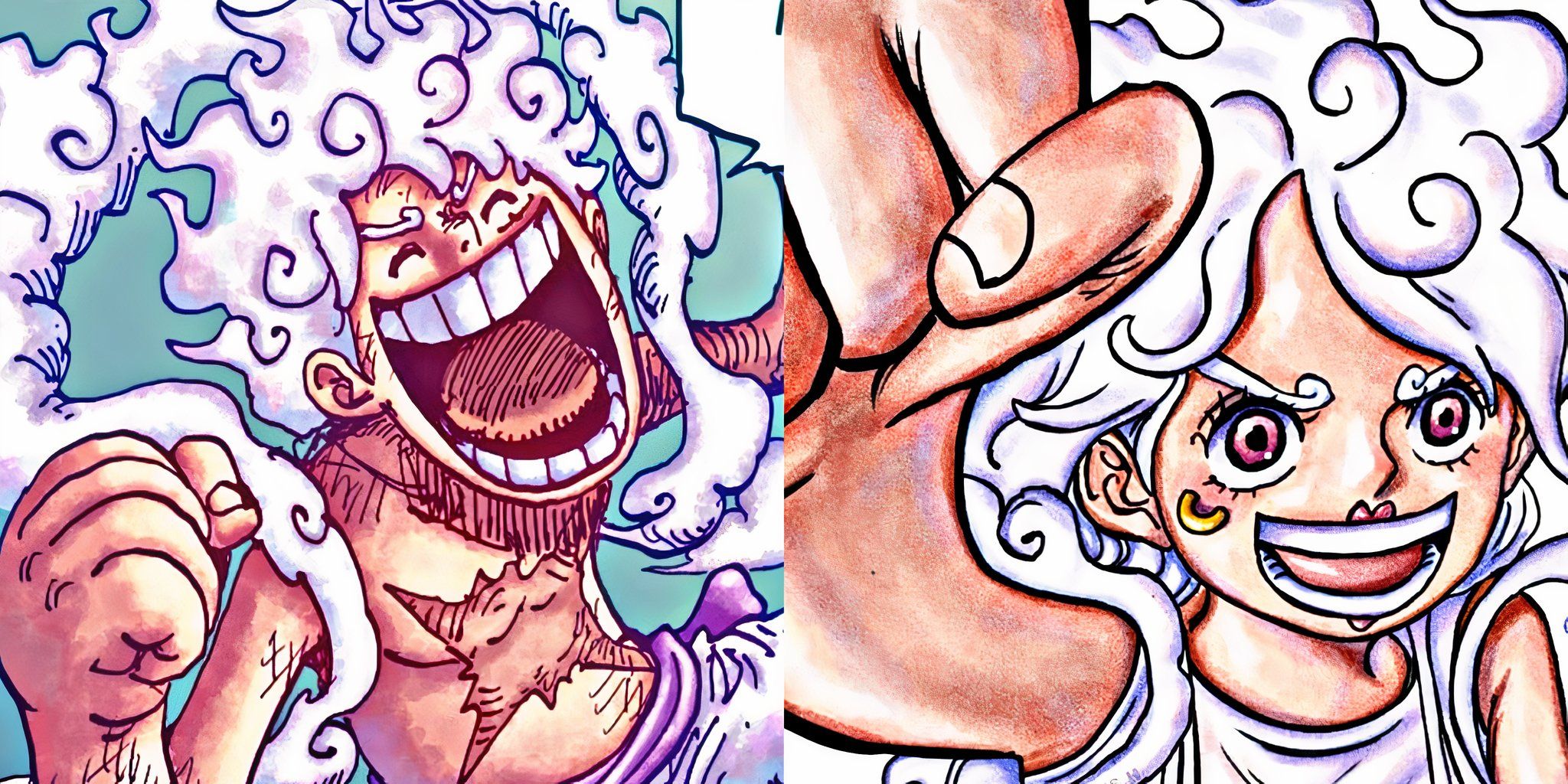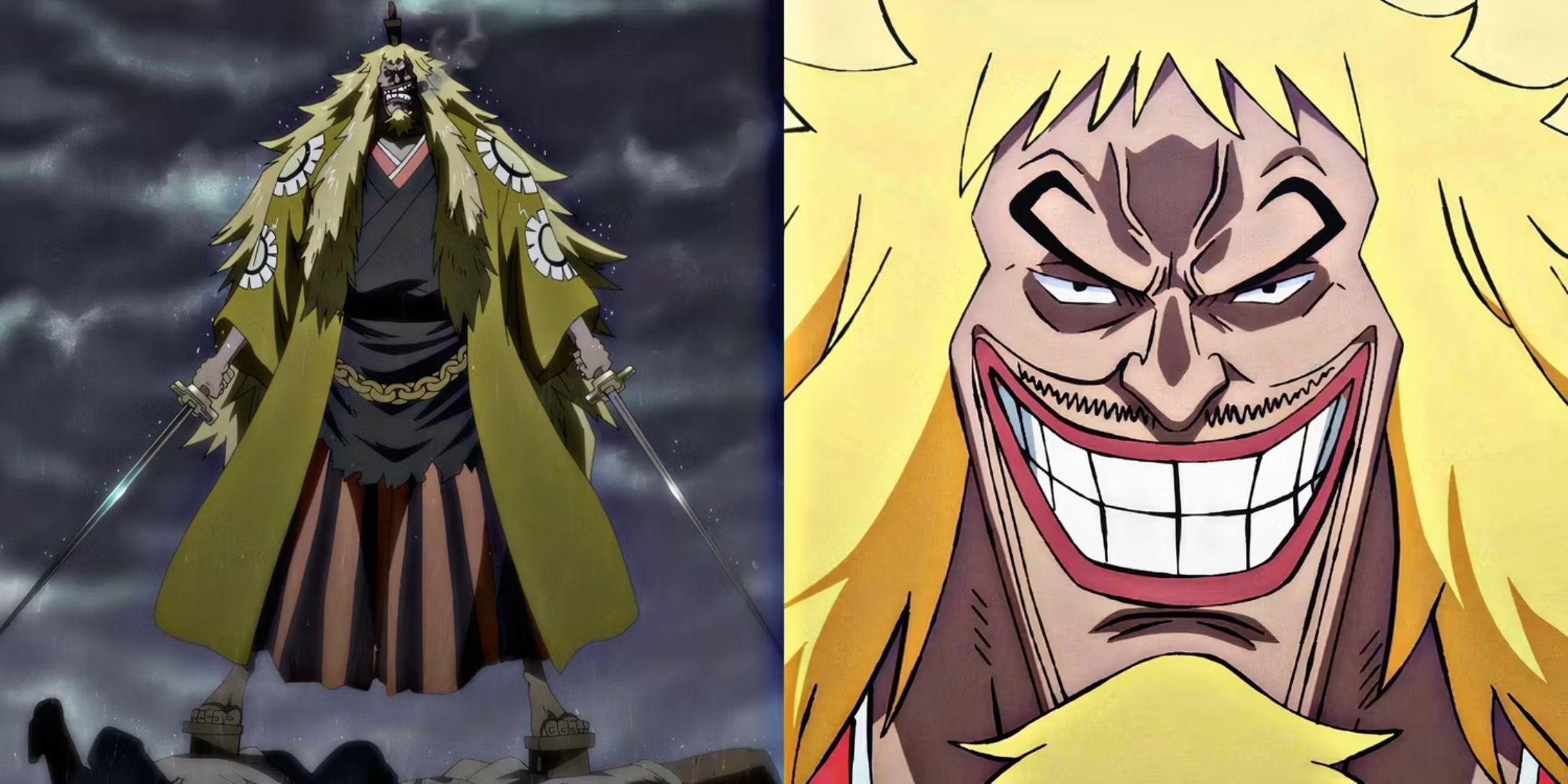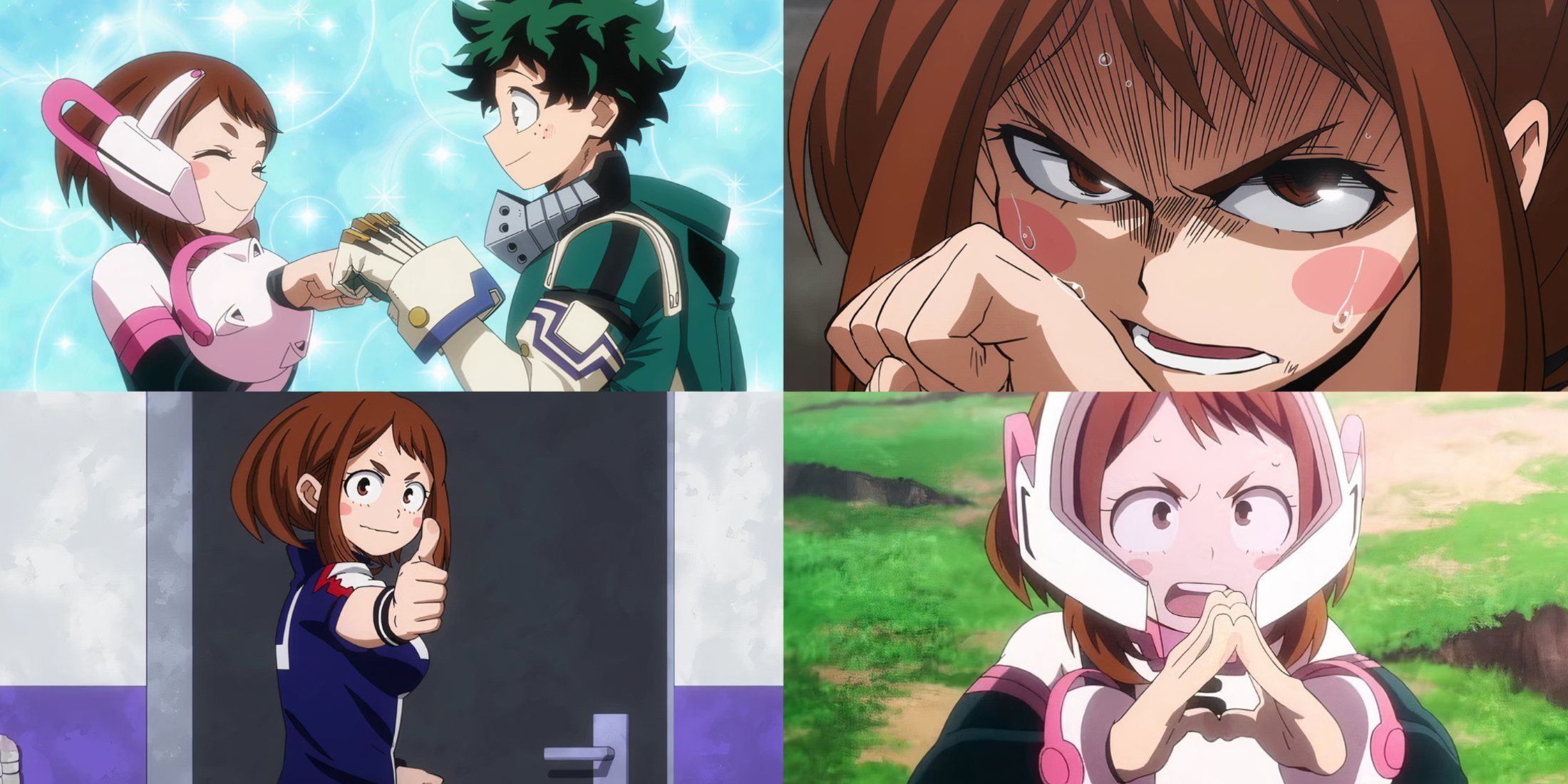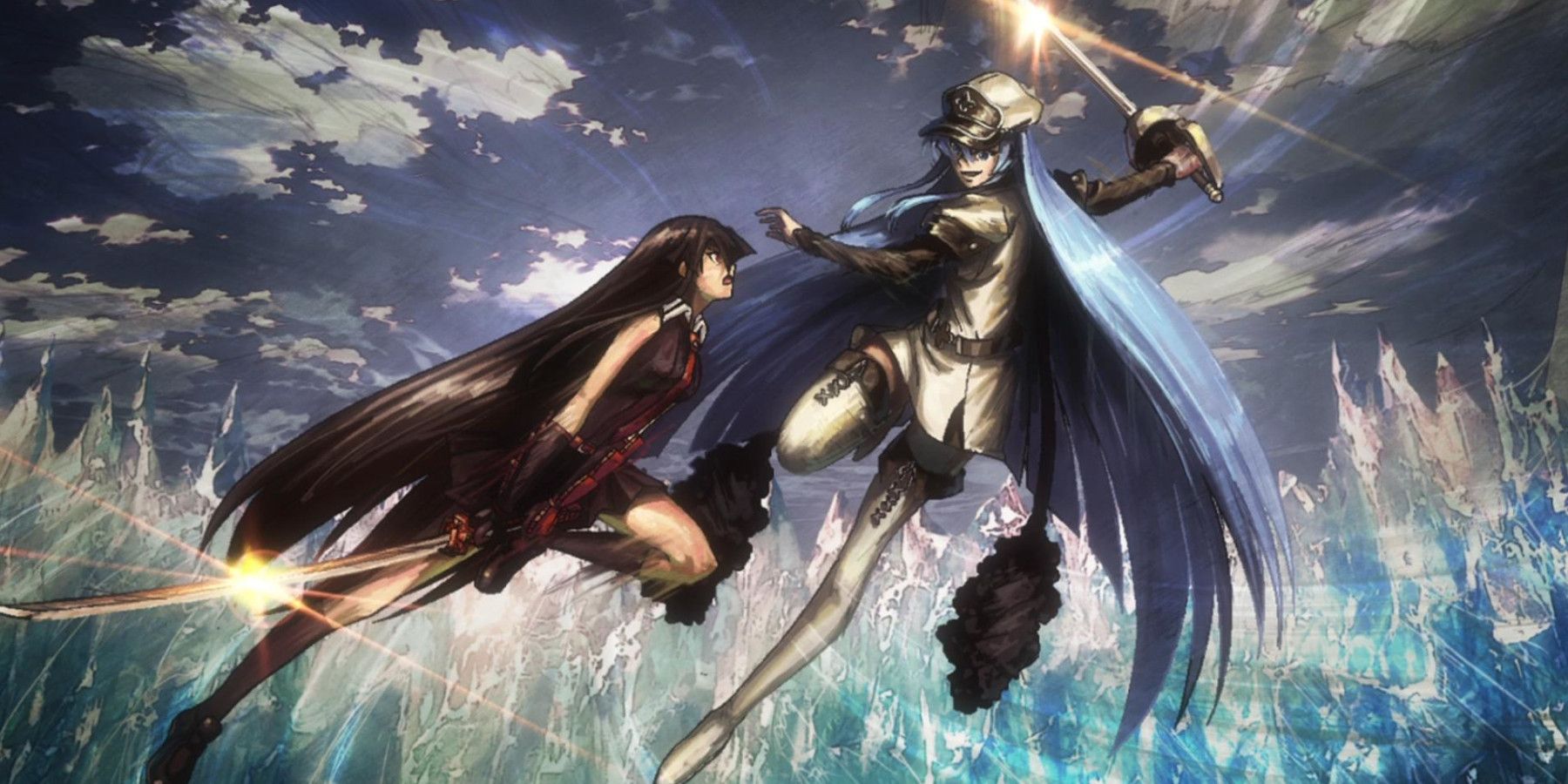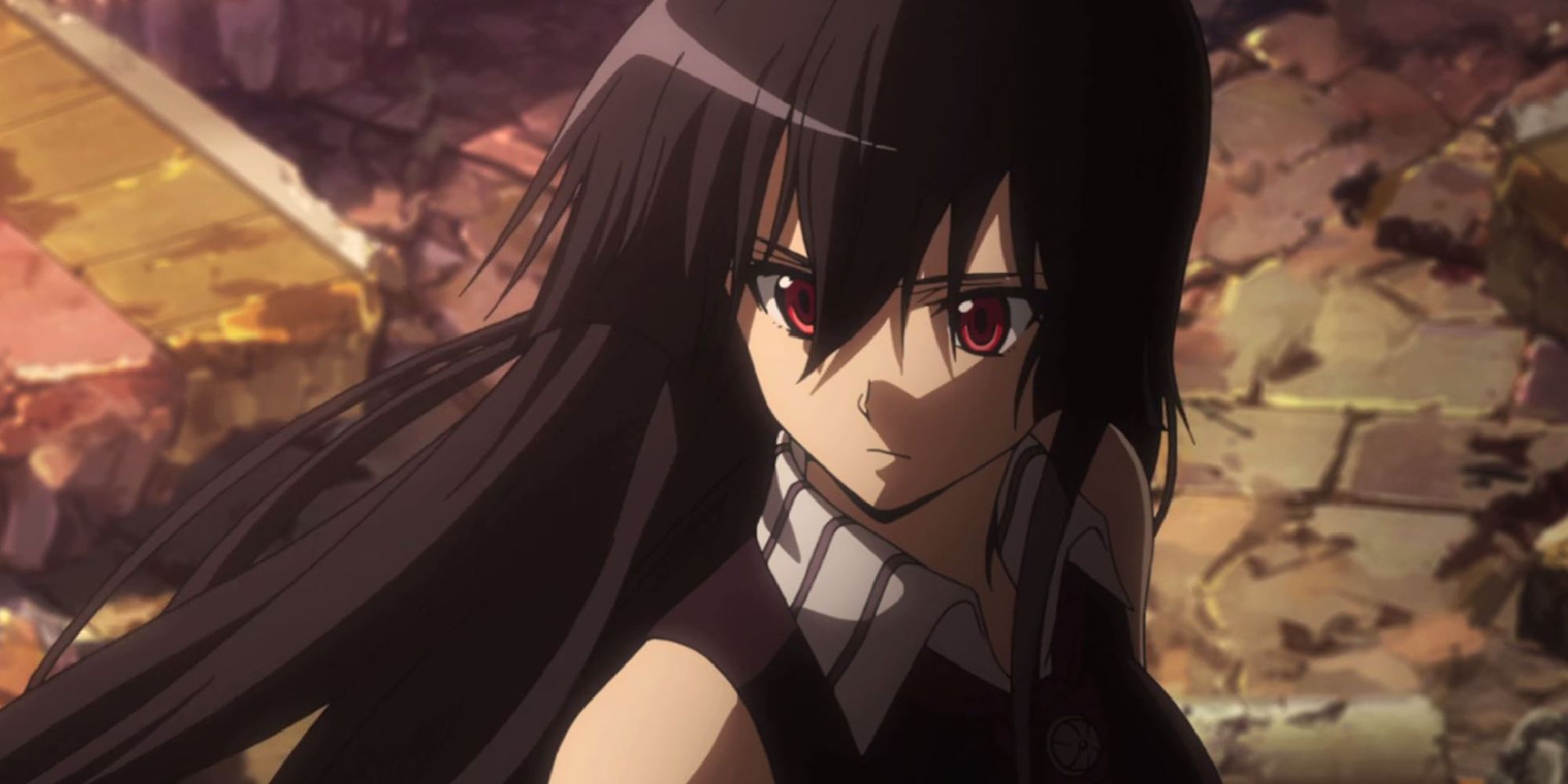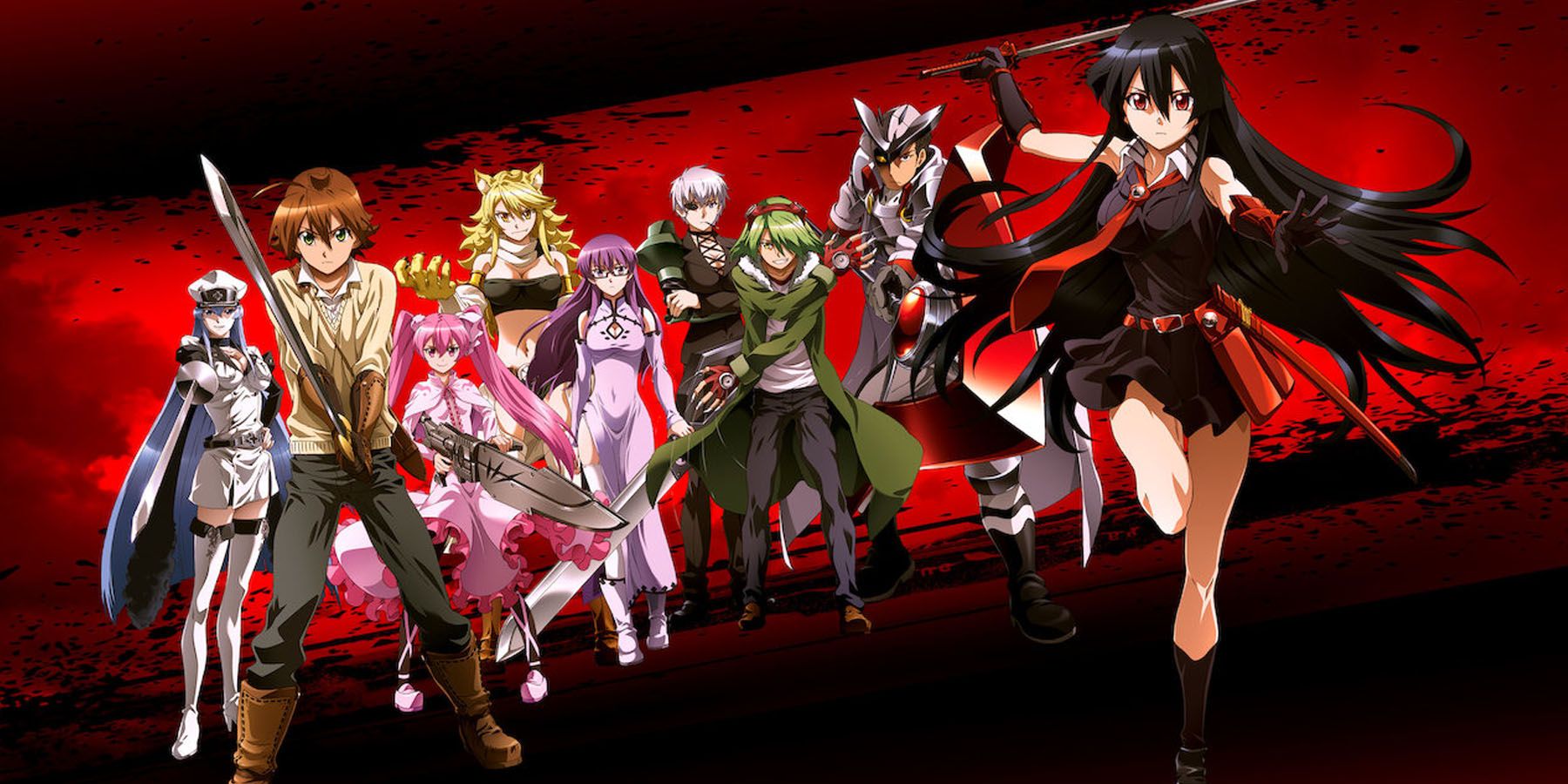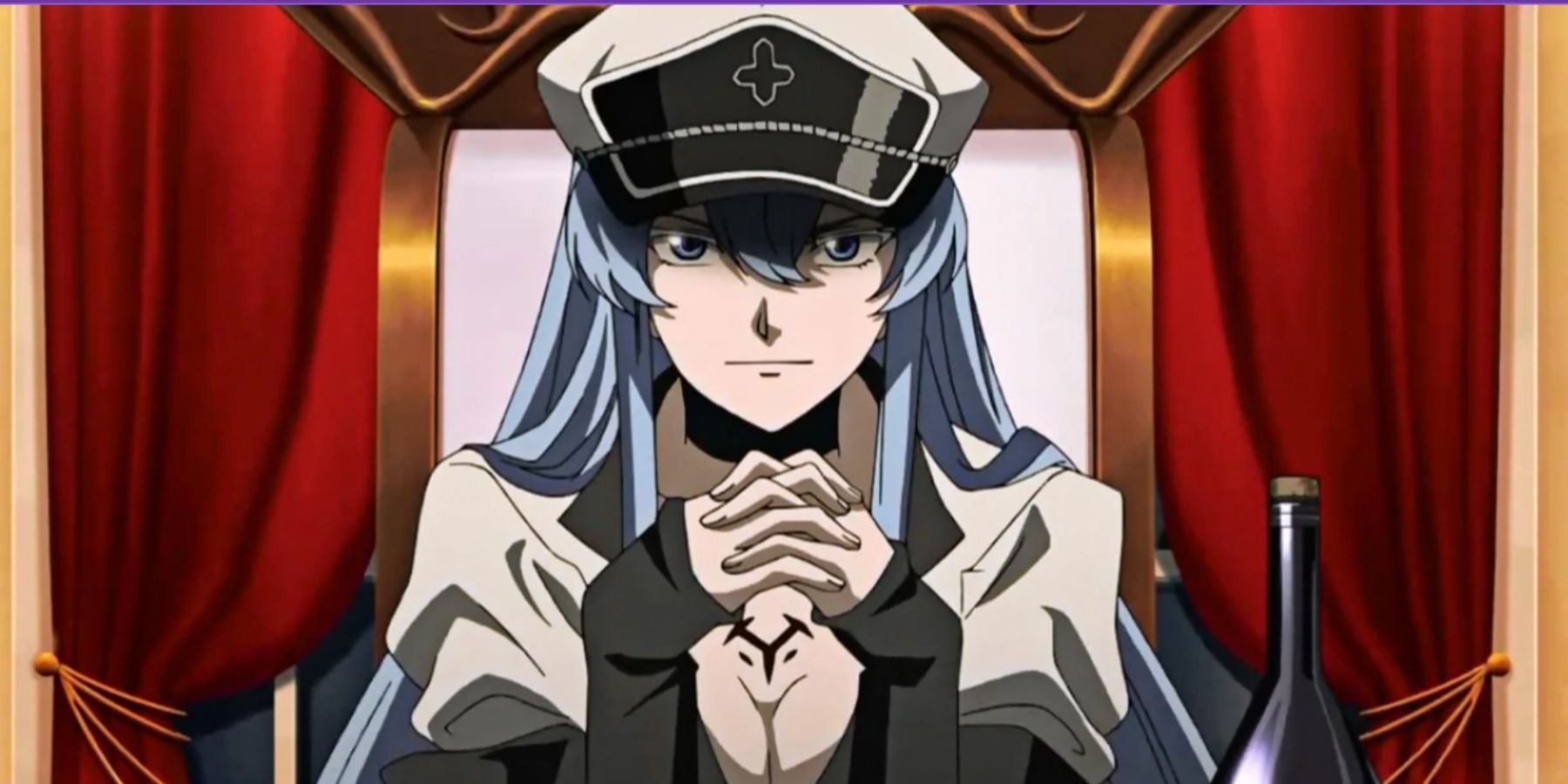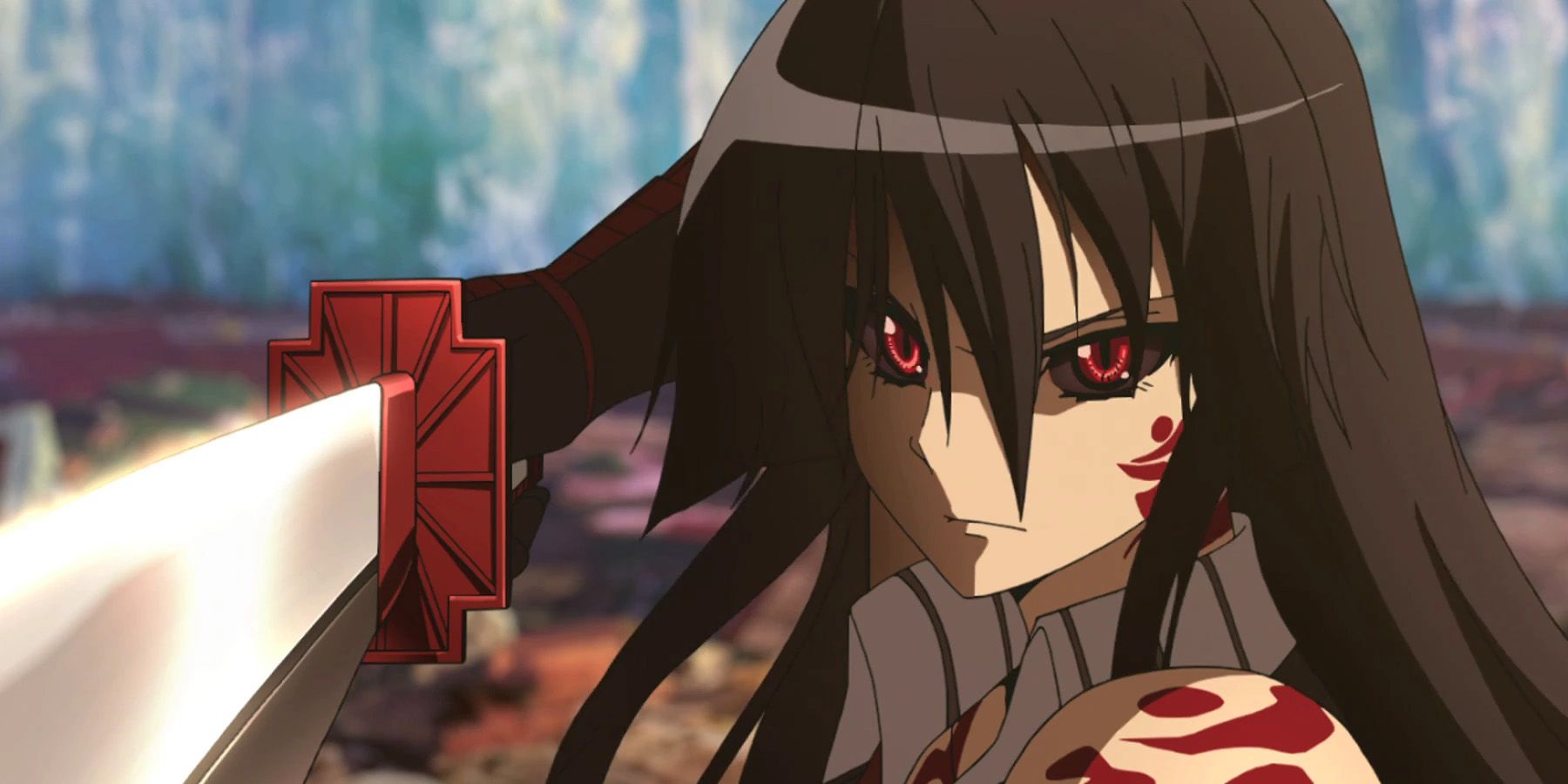Akame ga Kill has got to be the only shonen anime with the audacity to have its protagonist wear a sweater vest for the entire duration as if it is fitting attire for a monster-slaying adventurer. Joking aside, while this might not have been the biggest or best anime of 2014, it was certainly the edgiest, and it attracted a lot of attention.
Based on the manga of the same name by Takahiro, the series does not in fact follow Akame, the titular character, and instead follows naive Tatsumi, an adventurer looking to earn his riches. When he discovers that the Empire is dementedly, absurdly, laughably evil, he throws in with a group of assassins calling themselves Night Raid, to overthrow the corrupt government.
Akame ga Who?
It would be hard to imagine fans of this anime from the time of its release listing Tatsumi as one of their favorite characters, especially since the conceit of their character feels like false advertising. After all, this show is called Akame ga Kill, and Akame hardly feels like even a deuteragonist for the duration of the first half of the series. More like a really cool supporting character.
And this is a shame, because she is a very cool character, if only for the most surface-level, blood-pumping reasons, namely her style and her poisonous katana. She isn't treated as the protagonist, just the most deadly assassin and a goalpost for a certain level of badassery that Tatsumi is expected to achieve.
Truly, the series is about one young man's journey to shed his naïveté about the world and harden his heart to a life of killing in the name of protecting the weak. There isn't really a lot of discourse about whether what they are doing is right or wrong or conflicts begging if there is a better way. If it happens, it's early on, when Tatsumi is still a beginner.
The antagonists' over-the-top cruelty begets the protagonists' ruthless campaign of slaughter leading to super-powered political battles for 24 episodes. There are only the cruel oppressors, those willing to fight against evil, and the bystanders caught in the center. If Tatsumi is portrayed as the naive innocent in this world, Akame is this world's ideal killer: a murderer with a dark past who transcendentally kills for a cause that will hopefully make the world a better place.
The Setting
Akame ga Kill announces itself very clearly as a fantasy anime, but "fantasy" can imply all manner of settings and varying levels of technological advancement parallel to the real world. And even in just the first few episodes, this anime's settings and technology can feel incredibly cluttered and inconsistent.
The show becomes a hodgepodge of Victorian English architectural style, more typical d&d style fantasy locales, and far-eastern-inspired red-light districts. Many characters wield swords or spears, but there are also men in modern-looking suits wielding guns, and the guards in episode 1 carry machine guns.
It's clear that this world has reached a point of creating firearms and advanced weaponry, but it's doubly amusing when it is stated that the Imperial Arms, the weapons wielded by the principal cast, are "ancient weapons." Considering that Mine's weapon is a futuristic rifle with awesome destructive capabilities poses, the concept of Imperial Arms poses even more questions.
The show's rather confused sense of time and place adds to a growing disconnect between the characters and a tangible sense of what is at stake and what is being fought for. All that said, however, it also contributes to the charm of such a ridiculously violent series that by all accounts is well produced.
While the world itself is nothing to speak of, the characters are nothing if not memorable, even if some of them, like Mine, come off as annoying at first. Even the antagonists, for as cartoonishly evil as they are presented, are so committed to their own villainy that it comes straight back around to being threatening again. And the threat would be nonexistent without the stakes established early on.
The Rule of Imperial Arms
A lot of darker anime in the early 2010s that featured a lot of death were often compared in western circles to shows like Game of Thrones or The Walking Dead. These comparisons, as questionable as their marketing strength might be today, were effective, as those two shows were among the most popular TV dramas at the time.
The accuracy of this comparison was based on the discourse surrounding these series which were characterized by how expendable characters were. Game of Thrones had plenty of intrigue, but it was most talked about when someone lost the "game of thrones" and was killed. In this same vein, Akame ga Kill is a show that many gravitated toward because it was relentless in killing off characters throughout the series.
These kills wouldn't always be too surprising and sometimes characters were replaced with new characters that died off themselves soon after, but the deaths themselves never wanted for flair. A rule was established that when two combatants with Imperial Arms faced off against each other, someone was almost guaranteed to die.
This created a lot of tension and though it was a predictable tension, it turned each battle into a guessing game, wondering who was going to die. Watching back when it was airing, it was refreshing and exciting to know that someone was always at stake, besides probably Tatsumi and Akame. And the longer it went on, it was bound to be emotional whether it was a good guy or a bad guy.
Esdeath, and Other Antagonists
No matter how awful the Empire was characterized, the show went above and beyond, no matter how unnecessarily and artificially, to make the bad guys seem just likable enough that their deaths were sad. And most confusing was the big bad of the series, Esdeath, a character who has persevered in the cultural zeitgeist.
She was a typical "the strong survive and the weak die" kind of antagonist, but they made her a legitimate romantic rival who wanted to get with Tatsumi. Assuming someone wasn't "weak" in her eyes, she could be deceptively kind and compassionate, making her the scariest waifu that wrecked the community.
Even today, whenever anime fans see a woman with light-colored hair wearing white military garb and heels, someone is bound to compare them to Esdeath. It happened most recently with Weiss from RWBY: Ice Queendom. Her character has essentially become a trope in itself.
The Ending
Fans were divided on Akame ga Kill in the end. Its final battles were glorious, but perhaps as the dust settled, the end felt incomplete and lacking in a substantive payoff. And after an entire series not about Akame, the show suddenly pretending that she was the main character just felt strange and undeserved.
Akame ga Killnever got a second season, despite a cliffhanger that implied the journey continuing, but perhaps it ended at the optimal time. It wasn't a show that aged perfectly, let down by the at times overwhelming edginess and a less-than-tasteful depiction of a prominent gay character.
However, despite all of that, there are valid reasons that people still look back fondly on this ludicrous series. Akame ga Kill was the pinnacle of shonen edge and had the budget and talent to back it up. Whether it was someone's introduction to the more violent side of shonen or a more seasoned fan's brief obsession, this show begs to be remembered.
Akame ga Kill is available for streaming through HiDIVE.
